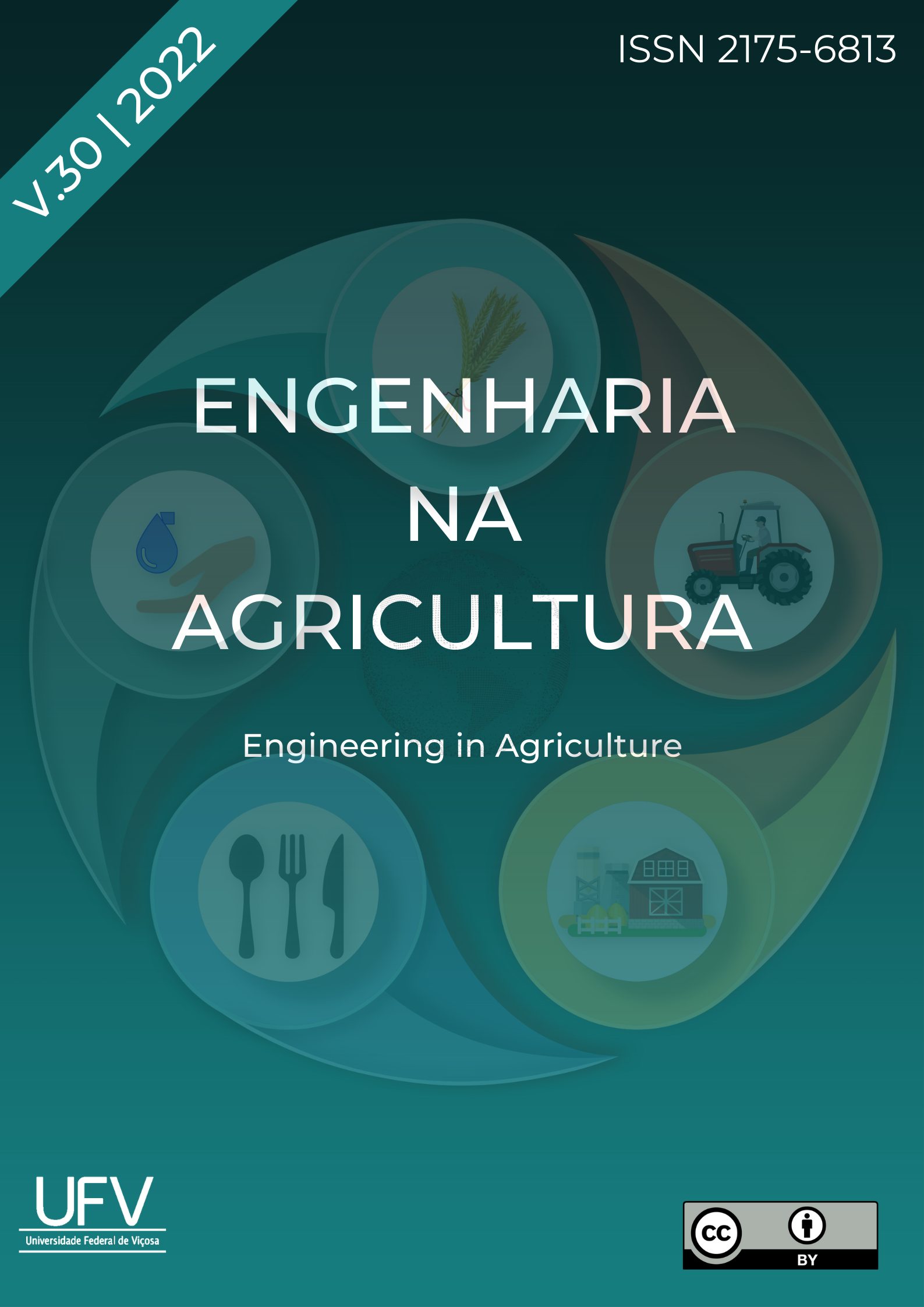Construction of a greenhouse prototype with automated control using a low-cost microcontroller and sensors
DOI:
https://doi.org/10.13083/reveng.v30i1.14283Keywords:
Family farming, Automation, ESP32, Google Firebase, Realtime DatabaseAbstract
Family farming is of fundamental importance for food supply in the domestic market. It is not enough to monitor the data for a better understanding of the entire operational chain by the small producer. It is also necessary to automate the system actuators, allowing better use of natural resources such as water intended for irrigation and reduced operating costs through adequate control of the system’s energy consumption. This article presents the development design and verification of the functionality of an automated system of a greenhouse prototype using low-cost electronic components and simple implementation. The project made it possible to create a database for future conferences by storing data collected in the cloud using the Google Drive platform and data synchronization via Wi-Fi using the ESP32 microcontroller. The prototype’s efficiency and applicability analysis took place over eight days. Data were collected regarding temperature, soil moisture, relative air humidity, water consumption of the irrigation and humidification system, and electricity consumption. The results obtained allowed the verification of the system’s functionality and the ability to store the data on the Google Drive platform, enabling remote consultation through the web server.
Downloads
References
ALVARENGA, A. C.; FERREIRA, V. H.; FORTES, M. Z. Energia solar fotovoltaica: uma aplicação na irrigação da agricultura familiar. Sinergia, São Paulo, v. 15, n. 4, p. 311-318, out/dez. 2014. Available at: <https://www.researchgate.net/publication/272789350>. Acesso em: 11 oct 2021.
BOLZANI, Caio Augustus Morais. Residenciais Inteligentes. São Paulo, SP: Livraria da física, 2004. 332 p.
BRASIL. Lei n° 11.326, 24 de julho de 2006. Estabelece as diretrizes para a formulação da Política Nacional da Agricultura Familiar e Empreendimentos Familiares Rurais.
CAMARGO, Débora Costa. Conservação, uso racional e sustentável da água: Manejo da Irrigação: Como, Quando e Quanto Irrigar? Capacitação para gestão das águas: Agência Nacional de Águas, Fortaleza - CE, 2016.
CUNHA, K. C. B. da: ROCHA, R. V. Automação no processo de irrigação na agricultura familiar com plataforma Arduino. RECoDAF – Revista Eletrônica Competências Digitais para Agricultura Familiar. Tupã, v. 1, n. 2, p. 62-74, jul./dec, 2015. ISSN: 2448-0452.
EMBRAPA. Manual de métodos de análise de solos. 2. ed. Rio de Janeiro: Centro Nacional de Pesquisa de Solos, 1997.
EXTRAPUTTY. ExtraPuTTY Downloads. Available at: http://www.extraputty.com/download.php. Accessed on: 20 oct. 2021.
FERNANDES D.; PREUSS, E.; SILVA, T. Sistema Automatizado de Controle de Estufas para Cultivo de Hortaliças. Universidade Federal de Santa Maria, Santa Maria - RS, p. 1-32, 6 jan. 2017.
GOOGLE. Central de Ajuda do Google Drive. Available at: https://support.google.com/drive. Accessed on: 08 nov. 2021.
INSTITUTO BRASILEIRO DE GEOGRAFIA E ESTATÍSTICA (IBGE). Censo agropecuário 2017: Resultados definitivos. Rio de Janeiro, 2019.
KOLBAN, Neil. Kolban’s book on ESP32. [S.l.]: Leanpub, 2018.
MAROUELLI, W. A.; SILVA, W. L. C. Irrigação. In: SILVA, J. B. C.; GIORDANO, L. B. (Ed.) Tomate para processamento industrial. Brasília: Embrapa Hortaliças, 2000. p. 60-71.
ONU. Organização das Nações Unidas: Agricultura familiar produz mais de um terço dos alimentos no mundo. ONU News, [S. l.], p. 1-4, 23 abr. 2021. Available at: https://news.un.org/pt/story/2021/04/1748622. Accessed on: 2 sept. 2021.
Downloads
Published
How to Cite
Issue
Section
License
Copyright (c) 2022 Engineering in Agriculture

This work is licensed under a Creative Commons Attribution-NonCommercial 4.0 International License.
Authors who publish with this journal agree to the following terms:
The author(s) authorize(s) the publication of the text in the journal;
The author(s) ensure(s) that the contribution is original and unpublished and that it is not in the process of evaluation by another journal;
The journal is not responsible for the views, ideas and concepts presented in articles, and these are the sole responsibility of the author(s);
The publishers reserve the right to make textual adjustments and adapt texts to meet with publication standards.
From submission, the author is fully conceding the paper's patrimonial rights to the publication, but retaining the owner of its moral rights (authorship and paper's identification) according to Creative Commons Attribution-Noncommercial.








 Licensed by
Licensed by 